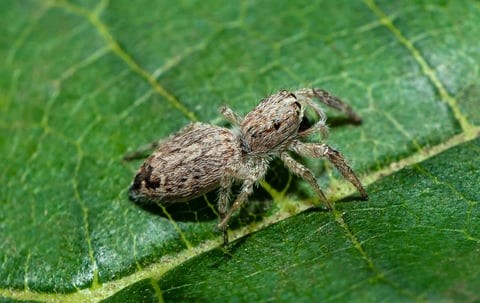The central government recently launched a project called 'Animal Health Security Strengthening in India for Pandemic Preparedness and Response' initiative.
WHO has declared 6 public health emergencies of international concern and 5 of these have had animal origin. About two-thirds of infectious diseases affecting humans originate from animals.
Reference
Indian Express | Project on animal Health
A post-graduate student from Maharashtra has discovered a new jumping spider species, Okinawicius tekdi from a hill located in the heart of Pune city.
Male Palp is a pair of sensory appendages that arise from the mouthparts of crustaceans and insects.

Reference
Down to Earth | Okinawicius tekdi
The Tamil Nadu government has officially declared snakebite envenomation as a notifiable disease.
An estimated 5.4 million people worldwide are bitten by snakes each year with 1.8 to 2.7 million cases of envenomings.
Reference
The Hindu | Snakebite Envenoming
More research is needed to combat the global prevalence of Helicobacter pylori, with India having an infection rate of over 50% of its population.
References
The 2nd meeting of the India-CARICOM Joint Commission was held in virtual mode recently.

References